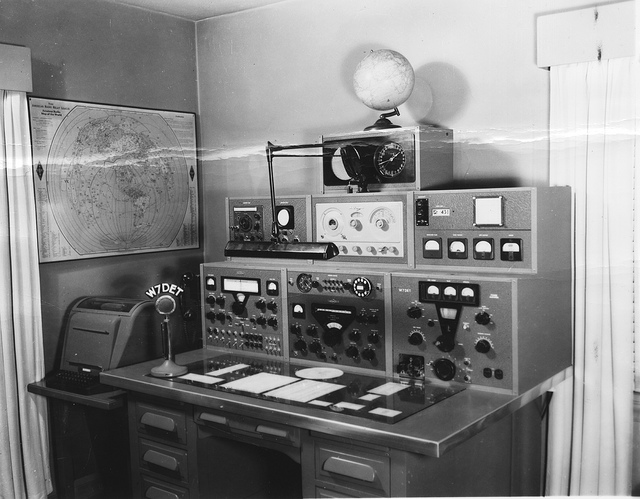 When a state’s top executive buys radio time so he can implore anyone within listening range to please come and fill 15,000 job openings, you know there’s a severe workforce shortage.
When a state’s top executive buys radio time so he can implore anyone within listening range to please come and fill 15,000 job openings, you know there’s a severe workforce shortage.
That’s exactly what compelled North Dakota Governor Jack Dalrymple to take to the airwaves in 2011 and call, quite literally, for help.
Although the Bakken had been deluged by job-seekers since shale development ramped up in 2006, there still weren’t enough outsiders to replenish dried-out local labor pools or support the rush of new workers. Going public seemed an appropriate action.

